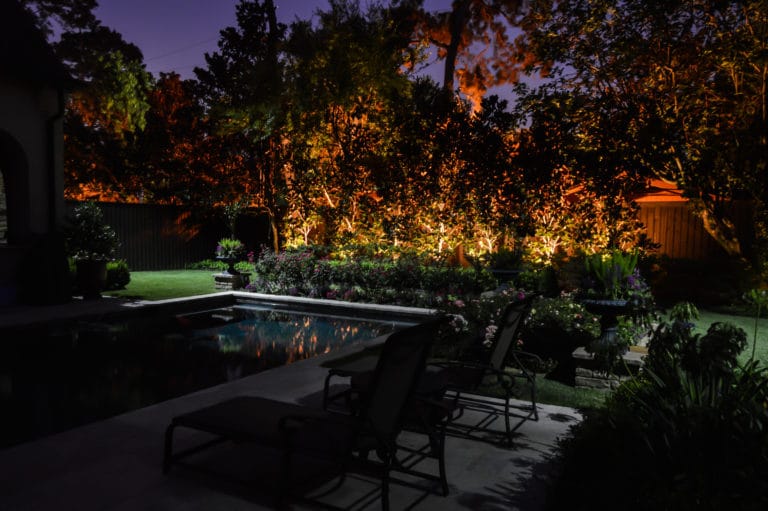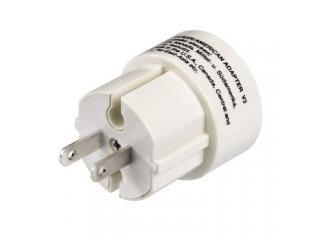

Using incandescent lighting consumes more energy compared to the other types of lighting fixtures mentioned above. It can provide the highest level of brightness( lumens) while consuming the least power (watts) - in short, it gives you more light while using less energy. Lumens to Watts Table Lumensīased on the table above, the most energy-efficient lighting fixture is a LED light. Refer to the table below to determine the brightness of a certain type of lighting and how much energy in watts it uses. It’s important to know how many Watts each type of light bulb uses especially if you want to save on energy costs. The number of lumens in a watt will vary depending on the type of lighting fixture used. Simply put, if you need more light but want to save on energy costs, you have to find a light bulb that provides more lumens at low wattage. A light bulb that provides higher lumens at a low power wattage is energy-efficient. This means that lumens are equal to brightness, while watts are equal to energy usage. We are also starting to see home improvement stores begin to label the bulbs using lumens instead of watts. This is the reason why people nowadays are using lumens to determine how bright a lighting fixture is. However, with the new energy-efficient LED technology, using watts as a unit to measure a light bulb’s brightness is no longer reliable. People used to determine the brightness of an incandescent light bulb by looking at how many watts it uses. While lumens are a unit that measures the brightness of a lamp, watts measure how much energy a certain light bulb will consume. In general, a light fixture that has a higher lumen rating provides brighter light compared to the one with a lower lumen rating.

The term lumens is a unit of luminous flux that is used to measure the total amount of light visible to the human eyes. If you want to measure the brightness of a light bulb or any lighting fixture, you need to find out how many lumens the lighting fixture can provide. Rooms where you have a more relaxed atmosphere may require 20-40 lumens per square foot while well lit areas such as kitchens, baths and garages may require 60-80 lumens per square foot. To determine how many lumens you need, you will need to identify the type of lighting you need and its application.


 0 kommentar(er)
0 kommentar(er)
